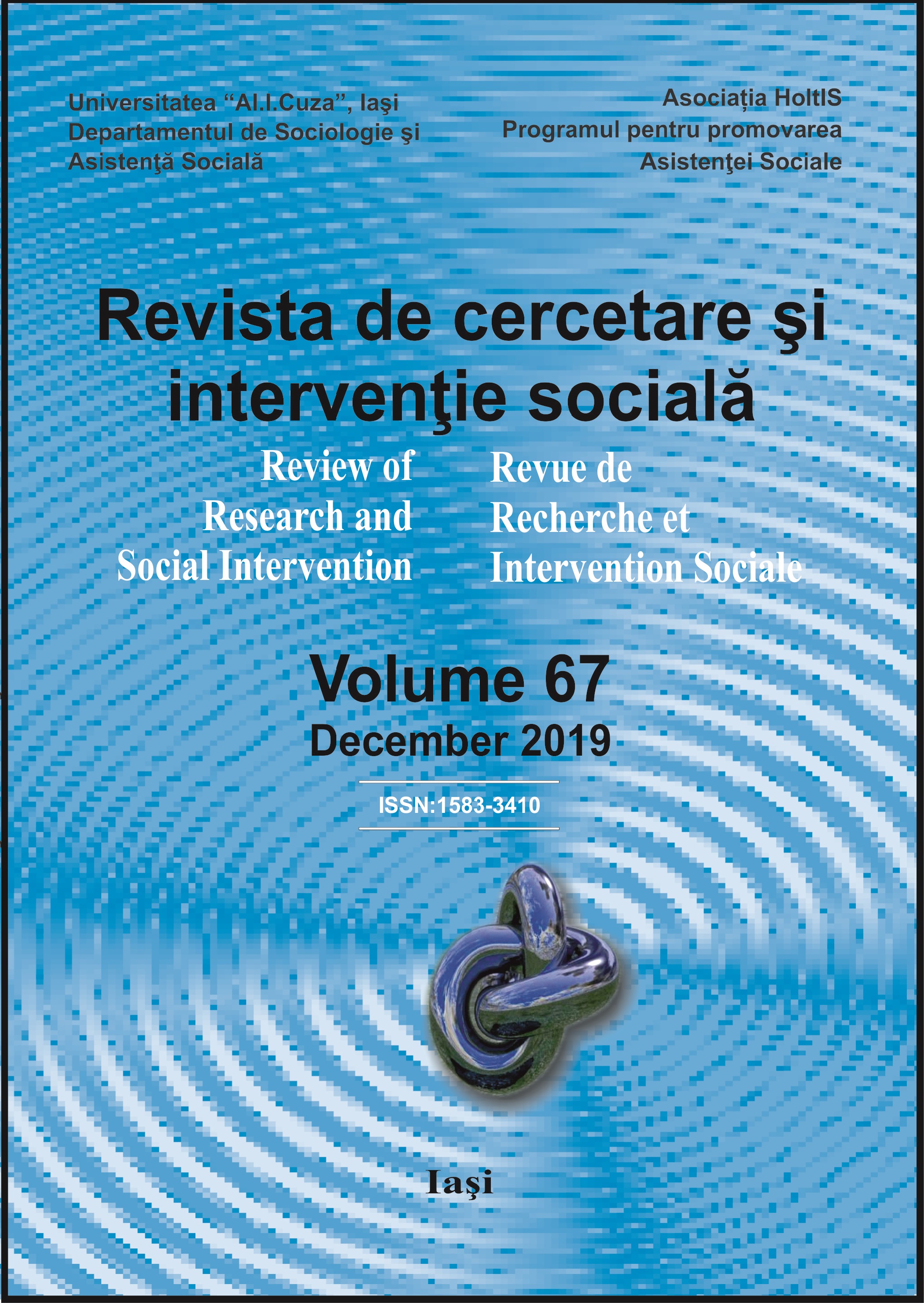VB2ALGO: An Educational Reverse Engineering Tool to Enhance High School Students’ Learning Capacities in Programming
VB2ALGO: An Educational Reverse Engineering Tool to Enhance High School Students’ Learning Capacities in Programming
Author(s): Salem Almadhun, Mehmet TOYCAN, Ahmet AdalierSubject(s): Social Sciences, Education, Sociology
Published by: Expert Projects Publishing
Keywords: algorithm visualization; reverse engineering; ICT; high school education; visual programming; motivation;
Summary/Abstract: An educational software assessment tool, VB2ALGO, for a visual programming course has been developed and the effects of it on the high school students’ performances, motivation and cognitive skills were explored. The tool inherits algorithm visualization technique together with reverse engineering approach; it takes the visual basic source code as an input and generates pseudocode and flowchart as an output. First, an experimental research methodology was applied, whereby pre-tests and post-tests were conducted to estimate the effect of using the software tool on student performances towards learning visual programming course. Then, the effect of the tool on students’ motivation and cognitive skills were measured with students’ questionnaires. Finally, teachers’ class management skills were investigated with teachers’ questionnaires in terms of time-management for better teaching experiences. The experiment was carried out with 294 students from 4 different high schools which had divided into experimental group and control groups. Parametric statistical tests were applied and results showed that the use of software tool reveals better performances for the experimental group as compared to the control group. In addition, the results of the students’ questionnaires confirmed an increment in students' motivation and cognitive skills in programming language classes as compared to the traditional class. It also results in the improvement of students' learning capacities and knowledge about programming concepts. Finally, results of the teachers’ quantitative analysis outlined that use of the software tool encourages teachers to complete more examples inside the classroom with better time management.
Journal: Revista de Cercetare şi Intervenţie Socială
- Issue Year: 2019
- Issue No: 67
- Page Range: 67-87
- Page Count: 21
- Language: English

